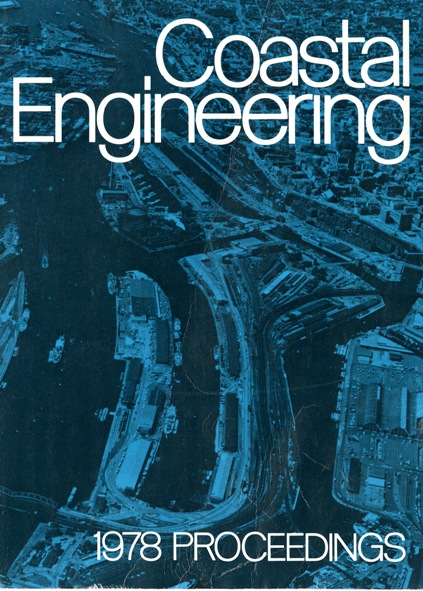Abstract
Results from a two-dimensional numerical model for nearshore circulation induced by waves and wind are compared with observations made during two storms at a beach on Lake Michigan. Model-input data include bathymetry, offshore wave characteristics, wind histories, and local water-level changes. The predicted locations of the breaker zone are in rough accord with those observed during the storms. Data for comparison with model results consist of wave and current observations across the surf zone, especially those acquired by using a towed, instrumented sled. The comparisons show that the model often predicts peak currents near the breaker zone quite well, but underestimates the decay of wave height and the strength of longshore currents across the surf zone. Wave breaking on the bar-trough beach structure prevalent in this study apparently is not well represented by the model. An improved breaking criterion, treatment of breaking waves as traveling bores, and inclusion of horizontal mixing of momentum might add to better simulation of surf-zone currents.
Authors retain copyright and grant the Proceedings right of first publication with the work simultaneously licensed under a Creative Commons Attribution License that allows others to share the work with an acknowledgement of the work's authorship and initial publication in this Proceedings.

